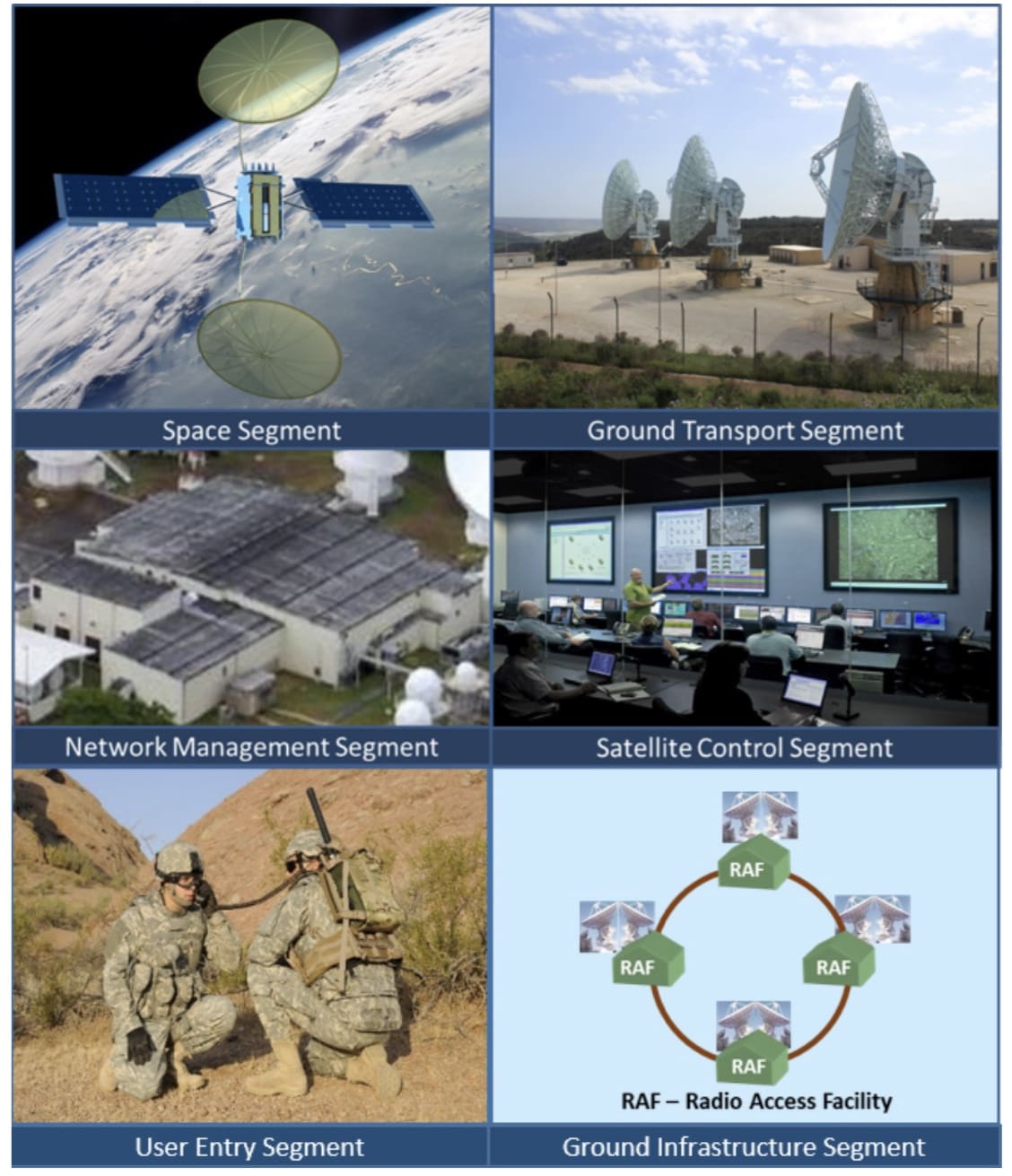Marines with I Marine Expeditionary Force Information Group and personnel from Naval Information Warfare Center Pacific conducted characterization testing of the Mobile User Objective System at Marine Corps Tactical Systems Support Activity, on Camp Pendleton, California, in September 2020.
MUOS is a satellite communications system that provides voice and data communications for U.S. service members, anytime and anywhere in the world.

The testing supported PMW 146, the Navy’s Communications Satellite Program Office, which reports to Program Executive Office Command, Control, Communications, Computers and Intelligence and Space Systems.
The focus was on three areas of satellite communications: susceptibility of detection and geolocation of MUOS transmissions; susceptibility of detection and geolocation of legacy transmissions; and the performance of the MUOS radio in the presence of in-band radio-frequency interference.
“The purpose was to test the capabilities of the system, in a field environment, in a manner that Marines employ the system,” said Gunnery Sgt. Christopher Meser, the electromagnetic space operations chief at I MIG. “The testing allowed us to identify gaps and determine if the underlying issues were related to the equipment, training or procedures.”
Aside from testing various frequencies and equipment sets, one of the key takeaways from the event was furthering Navy-Marine Corps integration with the MUOS.
“This is part of supporting naval integration; being able to understand we are key stakeholders, both Navy and Marine Corps,” said Meser. “They provide the technical expertise, and we provide the field expertise.”
This is just one way that Marines with I MIG have been working side-by-side with the innovative minds at NIWC Pacific. During the past several months, I MIG Marines have provided hands-on feedback to help drive future research, development, test and evaluation, and engineering.
“Integration between I MIG and NIWC-PAC is good because we are able to provide them a firsthand look at how the equipment is employed in a real-world environment, which provides feedback to the engineers on how the system performs,” said Meser. “We are the end-users and being able to conduct a field-user evaluation further ensures the security and functionality of the equipment’s capability.”
Capt. Josh Gonzales, a space operations officer with PMW 146, said the participants operated the MUOS radios at various operational data rates in three data transmission types that included burst, flow, and stream. All three data types worked successfully and they were all clear and precise.
The results confirm the MUOS Wideband Code Division Multiple Access performed significantly better than legacy UHF in a contested environment. This is the second of three planned tests, the third test is planned for 2021, and will incorporate additional assets and more terminals to better simulate an operational environment.
Story by LCpl Isaac Velasco, I MEF Information Group

